In the wild, big cats like tigers, leopards, and cheetahs are facing unprecedented threats. From habitat loss and climate change to poaching and human-wildlife conflict, their numbers are dwindling alarmingly. Fortunately, in the face of these challenges, conservationists are turning to an unlikely ally: artificial intelligence (AI). By harnessing the power of AI, innovative solutions are being developed to monitor, protect, and ultimately save these majestic creatures from extinction. In this article, we explore how this cutting-edge technology is becoming a game-changer in wildlife conservation efforts.
The Role of AI in Wildlife Conservation
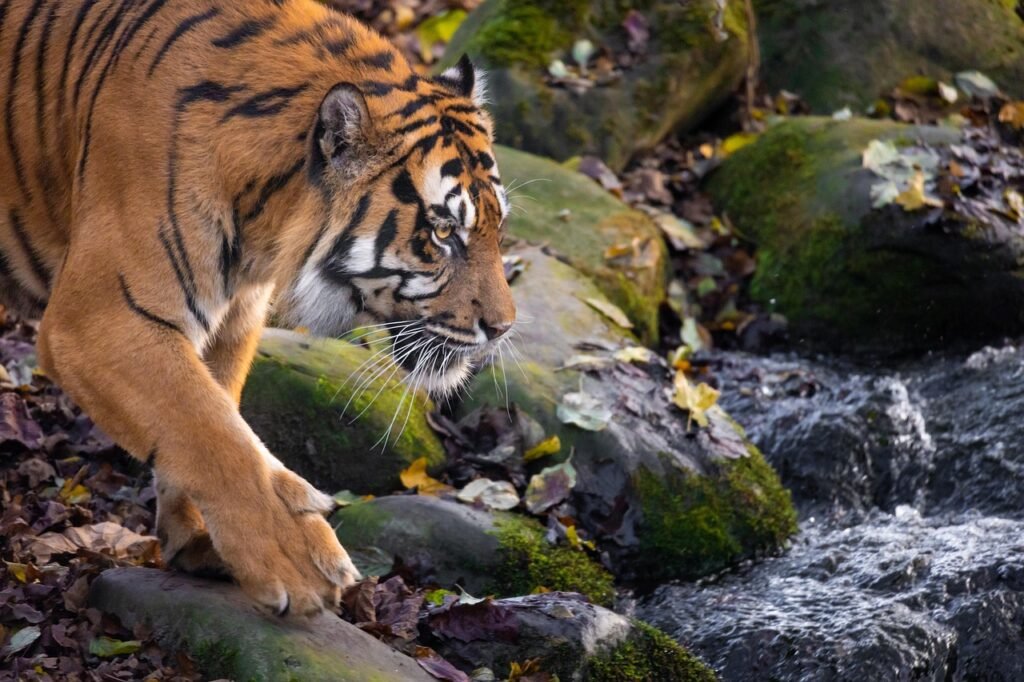
AI has emerged as a transformative tool in wildlife conservation, enabling researchers to handle vast amounts of data that would be impossible to analyze manually. AI algorithms can process and interpret visual, acoustic, and spatial data from camera traps, drones, GPS collars, and satellites, providing detailed insights into the behavior, population, and habitats of endangered species like big cats.
Identifying Individual Animals with Image Recognition
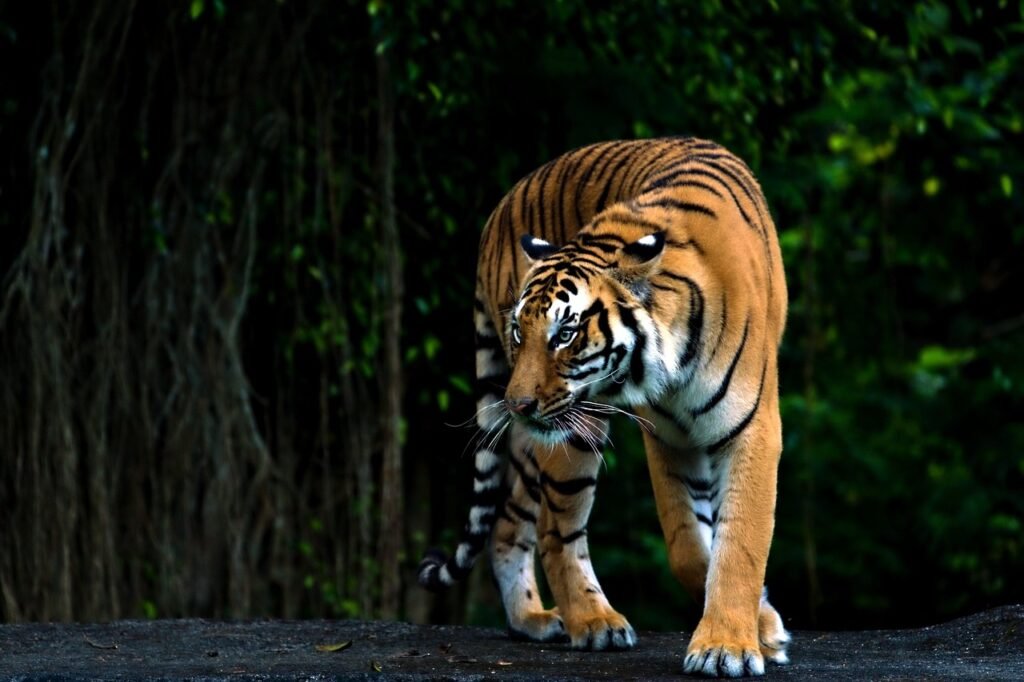
One of the most groundbreaking applications of AI in conservation is image recognition. By analyzing photos from camera traps, AI can identify individual animals based on unique markings, scars, or coat patterns. This ability allows researchers to track movements, estimate population sizes, and study social structures without physically capturing the animals, which is both risky and invasive.
Monitoring Populations Through Acoustic Data
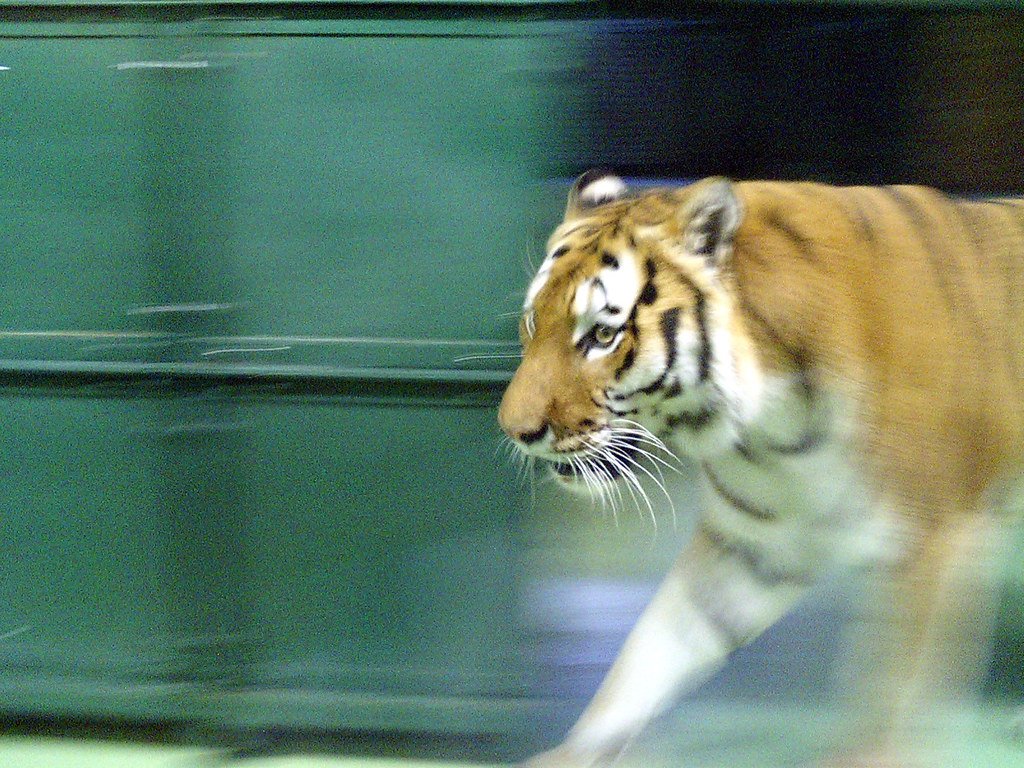
Beyond visuals, AI is also adept at analyzing acoustic data. AI-driven analyses of audio recordings can identify specific big cat vocalizations such as roars or meows. This helps researchers monitor populations and even detect signals of distress or mating calls, providing clues to animal welfare and dynamics within their habitats.
Predictive Modeling to Prevent Poaching
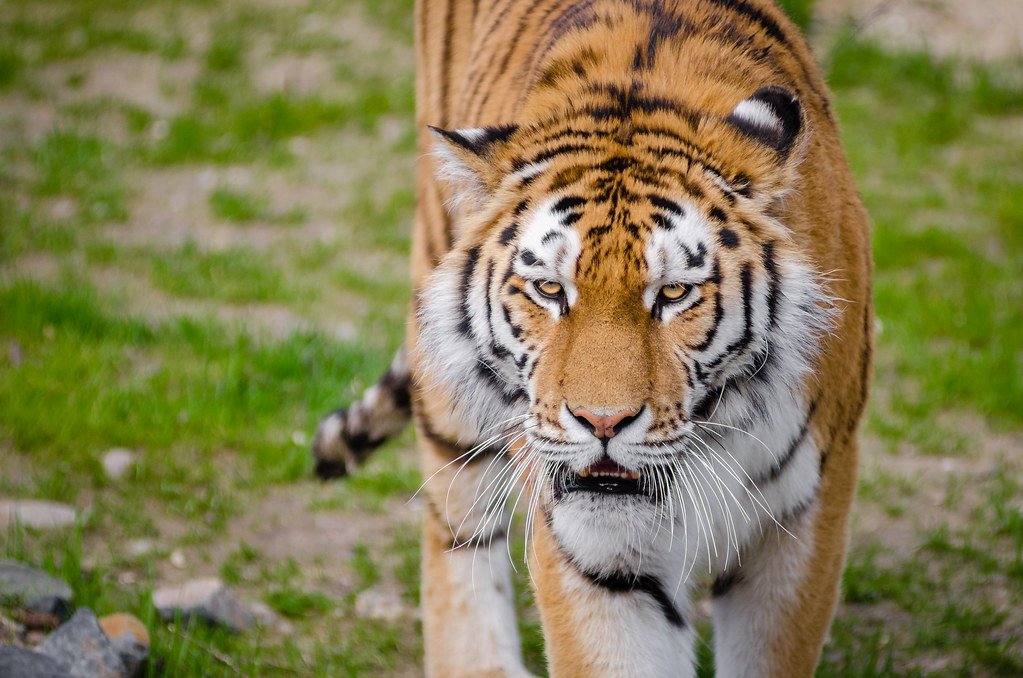
AI-driven predictive modeling is becoming a critical component in preventing poaching. By analyzing historical data regarding poaching incidents, AI can predict high-risk zones and even forecast potential poaching events. This enables anti-poaching units to strategically deploy patrols and interventions to deter illegal activities and protect at-risk animals such as tigers and leopards.
Conserving Habitats with AI-Driven Land Mapping

Habitat loss is a major threat to big cats, as their territories are usurped for agriculture and urbanization. AI can analyze satellite imagery to map changing landscapes and monitor habitat encroachment. This data helps conservationists and policymakers make informed decisions regarding land use to ensure critical habitats are preserved for these apex predators.
AI-Enhanced Human-Wildlife Conflict Resolution

Human-wildlife conflict often arises when big cats encroach on human settlements, posing a risk to livestock and sometimes people. AI technologies can enhance conflict resolution strategies by predicting the likelihood of encounters and suggesting solutions, such as better livestock management practices or community-based conservation initiatives, to mitigate these conflicts peacefully.
Predicting Climate Change Impacts on Big Cats

Climate change poses long-term threats to big cats, from altering prey availability to changing habitats. AI models can simulate climate scenarios and predict their impacts on big cat populations. This information is invaluable for developing adaptive conservation strategies to ensure these species can thrive even as their environments change.
The Power of Community-Driven AI Projects

Many AI projects in conservation are community-driven, involving local populations as data collectors and conservators. By incorporating local knowledge and engaging communities, AI projects harness collective efforts, ensuring sustainable conservation practices while providing educational and economic benefits to community members.
Case Study: AI in Leopard Conservation

A successful example of AI in action is the use of conservation drones equipped with AI for leopard monitoring in Africa. These drones autonomously scan vast areas, using thermal and visual sensors to detect and track leopards, providing real-time data to conservationists that help inform protection strategies and habitat management.
The Future of AI in Saving Big Cats

The future of AI in conservation looks promising, with continuous technological advancements and data gathering techniques improving its efficiency and affordability. As more conservationists harness AI’s capabilities, the hope is that big cat populations can rebound through informed conservation strategies and innovative problem-solving.
Conclusion
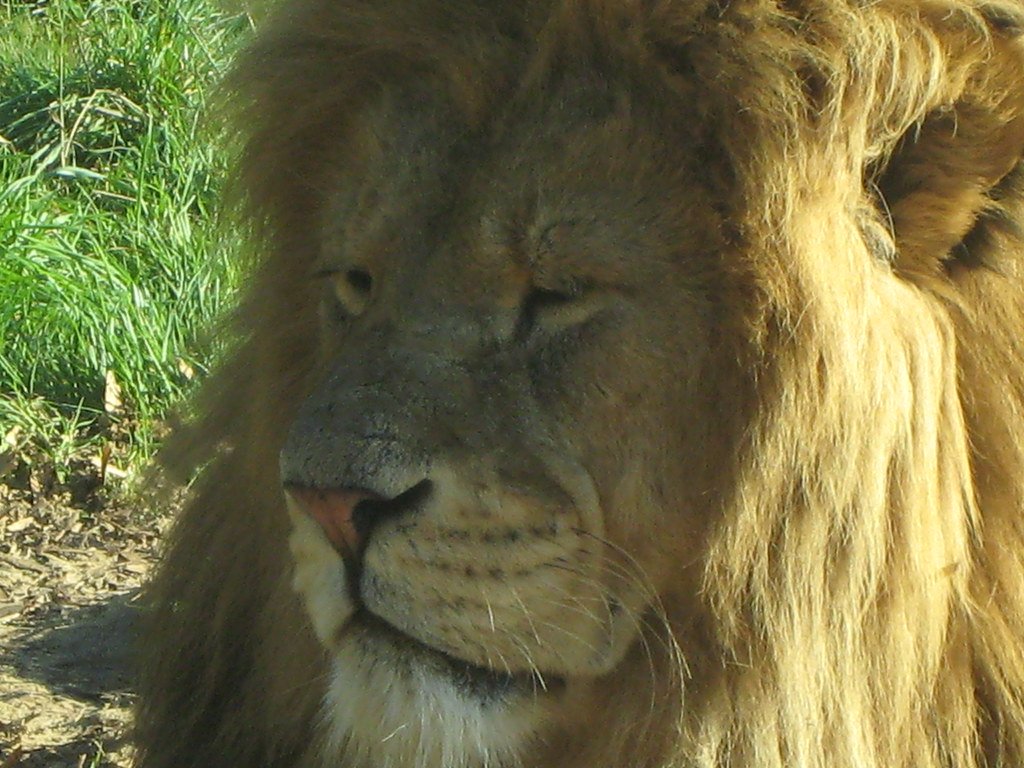
As big cats face an uncertain future, the integration of AI into conservation strategies represents a beacon of hope. AI’s ability to analyze vast data sets and predict future scenarios is vital in crafting informed, dynamic conservation efforts. By continuing to innovate and collaborate globally, conservationists can better protect these iconic species, ensuring they continue to grace our planet’s ecosystems for generations to come.
Hi, I’m Bola, a passionate writer and creative strategist with a knack for crafting compelling content that educates, inspires, and connects. Over the years, I’ve honed my skills across various writing fields, including content creation, copywriting, online course development, and video scriptwriting.
When I’m not at my desk, you’ll find me exploring new ideas, reading books, or brainstorming creative ways to solve challenges. I believe that words have the power to transform, and I’m here to help you leverage that power for success.
Thanks for stopping by, Keep coming to this website to checkout new articles form me. You’d always love it!






